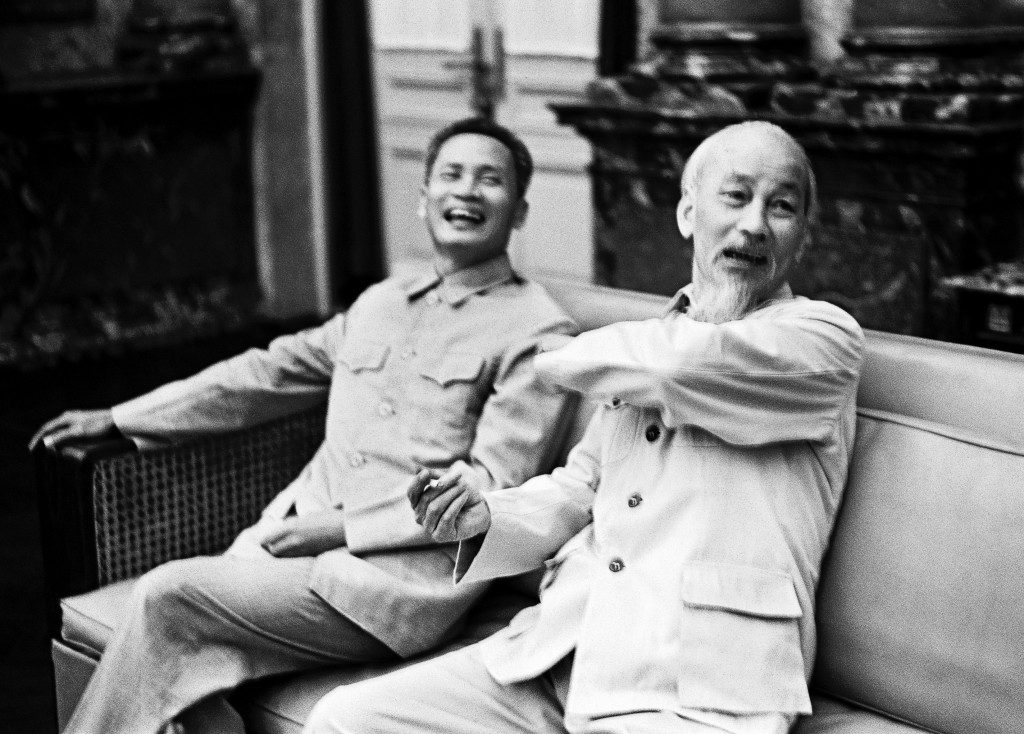by Claudia Stritof
_
Ironic, sagacious and revolutionary, during his career as a photographer Romano Cagnoni told the most important events of the last fifty years, making the truth of the information the animating principle behind his intense professional research.
Photographer of extreme intellectual coherence, Cagnoni has embraced the idea of total photography, or “the one that tells the story of man, the relationship with himself, with his neighbour and the society in which he lives”, so much so that he defines his photographs “a human document of visual impact”, because only by understanding the humanity that he finds around himself, the photographer can understand the true essence of history and make it comprehensible to others.
His photographs are revelations of existence, the result of an explicit stylistic choice characterized by an extreme visual synthesis that, by focusing on a few but well-defined elements, reveals the phenomenon of life itself and the dignity of the people the photographer meets. Symphonic is the gestural expressiveness of the Carrara quarrymen, graceful is the step of the pregnant woman crossing the unstable boardwalk in New Guinea and the tragic is the sight of the ruins of Dubrovnik.

The compositions are sharp and, rather than inserting elements, Cagnoni proceeds by subtraction, focusing on highly evocative details that are charged with a devastating persuasive force. Memorable is the photograph taken in Sarajevo in 1992, in which he portrays a girl with a sweet and confident look, in the act of giving the photographer a mortar bomb. A brutal shot, as much as the vision of death itself, because Cagnoni eschews the rhetoric of war photography and stimulates the observer’s reflection by showing the existence of a child forced to live in a situation of unspeakable violence day after day.
It is the power of these details, the universal feelings and respect for mankind that makes Cagnoni’s work unique, to whom the exhibition The Human Revelation, curated by Benedetta Donato, is dedicated. The work is part of the Photolux Festival which, together with AFIP and in collaboration with 6Mois and Internazionale, named after Cagnoni its photojournalism award, won by photographer Gianluca Panella with the Bijanibiha project.

Romano Cagnoni started with photography from a very young age in a photographic studio in Pietrasanta, devoting himself mainly to the activity of beach photographer, but eager for knowledge and with a burning desire to broaden his professional horizons. Later, he moved to London where he lived in an apartment/darkroom near the British Museum.
After a start as a wedding photographer and his “stolen” shots of Elizabeth Taylor and her husband Eddie Fisher, published in important international magazines, he quickly became known for his rigorous style, acquired thanks to the advice of his second wife, the painter Berenice Sydney and his teacher, Simon Guttmann, German intellectual and mentor to important photojournalists like Robert Capa.

He followed the electoral campaign of Harold Wilson, then Churchill’s funeral and, in 1965, he was the only non-communist photographer to be admitted to North Vietnam to do a report with journalist James Cameron. As soon as they arrived in Hanoi, the two are received at the presidential palace by Prime Minister Pham Van Dong and President Ho Chi Minh, who initially did not want to be portrayed, but eventually agreed, won over the irony of Cagnoni, defined by “uncle Ho”, a good revolutionary for his optimism and his stubbornness.
In 1967 Cagnoni departs from Lisbon on a DC7 loaded with ammunition to go to Biafra with the intention of documenting a conflict which was, at the time, “scarcely covered by the newspapers because there were no strong political or economic interests”, and it was mainly thanks to his perseverance in telling the story that the public opinion began to take an interest in the situation.
A touching and brutally narrative report whose photographs were published by various editions of Life, winning him the prestigious Overseas Press Award. Tragic are the images of undernourished children, heartbreaking the faces of desperate mothers and iconic the photograph of the 150 Igbo soldiers on the day of recruitment, a shot that the Sunday Times editor, Harold Evans, called “a powerful image of war and sacrifice “.

Evans himself, in his book Pictures On A Page, named Cagnoni as one of the five most important photographers of the 20th century, and it is impossible to disagree with Evans because, although it must not have been easy to face the suffering on the battle field, Cagnoni was always a demanding, methodical and punctual photographer, peculiarities that made him the narrator of history.
In the 1980s, after the death of his second wife, he returned to Pietrasanta, where he took photographs in the marble quarries, using the optical bench; the quarries are a magical place that stimulates reflection and brings out memories, allowing him to regain the right peace of mind to continue his work. With this experience behind him and with great courage and thirst for experimentation, he decided to undertake new journeys together with Patricia Franceschetti Cagnoni, his life partner and also a photographer.

Romano Cagnoni told the history of humanity and today his photographic archive is a treasure of memory, which leads to reflection on the importance of remembrance as an indispensable element for the civil growth of every individual, who only by becoming critic and thinking public opinion can achieve and guarantee the right to justice and truth.
ROMANO CAGNONI | HUMAN REVELATION
curated by Benedetta Donato
Villa Bottini
Via Elisa 9, Lucca
PHOTOLUX FESTIVAL | 16 November – 8 December 2019
from Mon to Fri: 3:00 – 7:30 pm
Sat and Sun: 10:00 am – 7:30 pm
All images: © Romano Cagnoni
November 15, 2019




